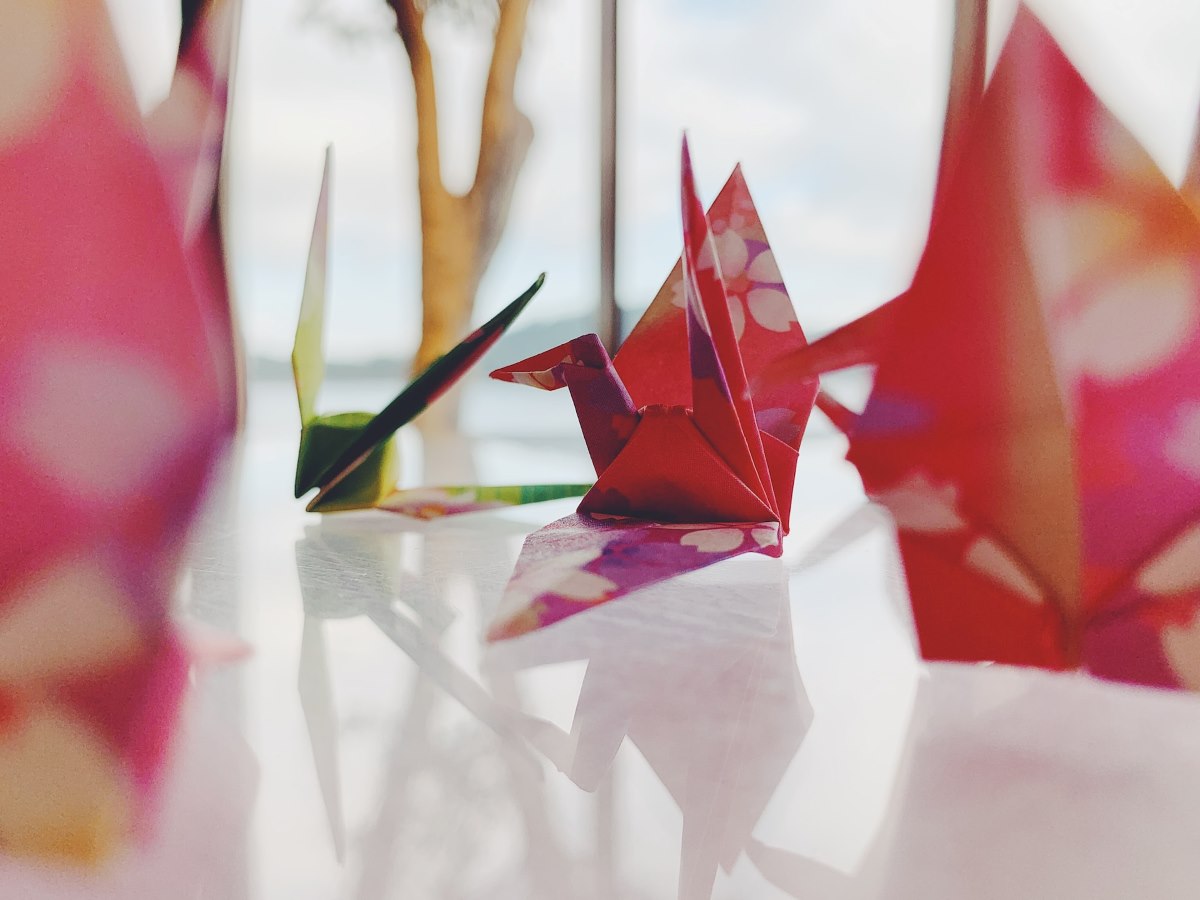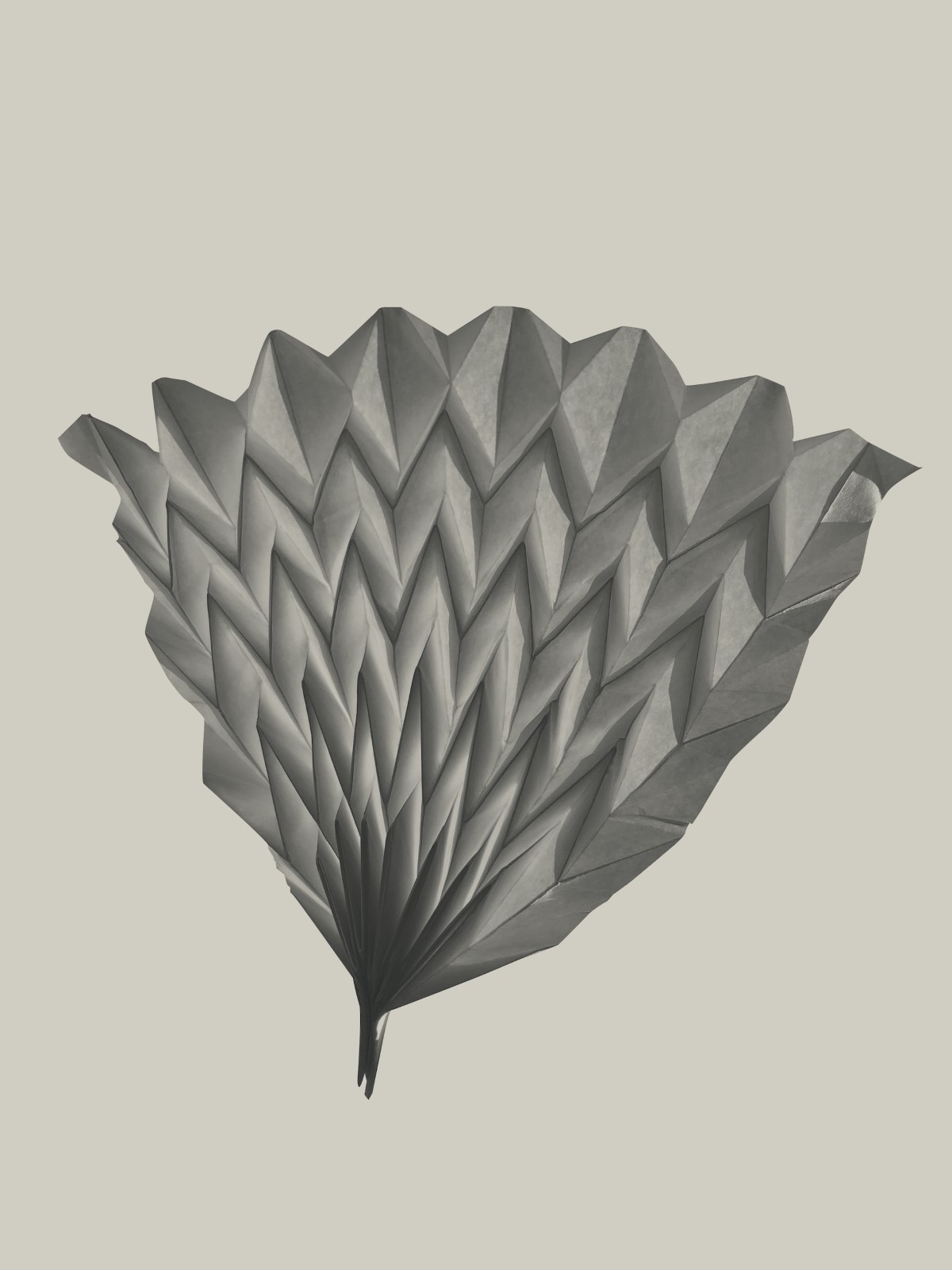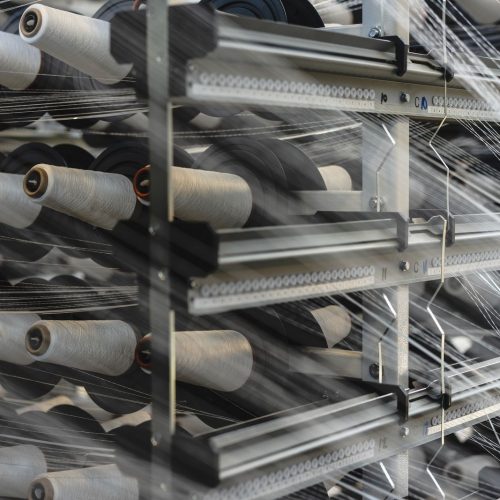Origami in Fashion | Unfolding A Sustainable Future
Origami is known all around the world as the art of folding. Making 3D models out of singular pieces of paper, being resourceful is a large part of the tradition. This notion is similar to zero-waste, as it requires maximising the use of the limited materials. Despite already making appearances in fashion design, could the textile industry look to origami to explore sustainability further?
To receive the Luxiders Newsletter, sign up here.
The Origami art of folding is a globally-renowned recreational tradition, established for thousands of years. Although there are debates about whether paper folding originated from China, Japan is responsible for how we know the term “origami” today. In Japanese, “oru” means “to fold” and “kami” means “paper”, roughly translating as “to fold paper”. It’s an age-old concept, bringing a two-dimensional material to life and transforming into a 3D model without the need of additional materials. Origami has become a universal language around the world, models such as the “fortune teller” and “crane” being most recognisable.

© pmv chamara via Unsplash
ORIGAMI IN FASHION
The main affiliation with origami is paper, but materials such as leather and cloth are thought to have been the true origins of recreational folding, prior to papermaking. Creating structures and textures to add dimensions to garments, textiles have been associated with origami for thousands of years. The pleat is one of the most recognisable forms of origami in fashion, evolving into many different types to accentuate garments. Accordion, knife and box pleats are variations of this folding technique, and have been used to manipulate fabric’s appearance in different ways. Taking it further, types such as honeycomb pleats form geometric shapes on the fabric, a complex technique that has also made many appearances in fashion design.
WHAT DOES ORIGAMI HAVE TO DO WITH SUSTAINABILITY?
Origami is a craft that creates multiple dimensions in one structure, whilst minimising the resources used. This leans into the circular concept of zero-waste as, for single sheet origami, one piece of paper is utilised to create the models without scraps or necessity of extra material. It also creates unique approaches to folding with limited resources, encouraging creativity and innovative thinking.

© ActionVance via Unsplash

© luca pistollato via Unsplash
ORIGAMI AS A WAY TO EXPLORE SUSTAINABILITY IN FASHION
Designers and brands such as Issey Miyake, Robert Wun and Petit Pli have all incorporated origami into their designs, creating structures, movement and textures to add dimensions to their garments. Whether they have used recycled or responsibly sourced materials, these designers have demonstrated that sustainability doesn’t stop at fabrics, it extends into how the garment is created.
There are many ways the fashion industry can look at traditional practices for sustainable solutions. Origami gives the fashion industry potential to explore sustainability further, without the sacrifice of creative freedom. Due to the nature of this technique, it requires resourceful thinking and encourages innovation. Maximising the use of fabric through origami could help explore zero-waste in fashion, helping reduce the 92 million tonnes of textile waste produced every year. A strong example is pleats. This type of fold can be achieved with steam, rather than additional thread and fabric, demonstrating that extra materials aren’t necessarily required to add detail. Of course this only applies to fabrics with decent folding qualities, which won’t be feasible for all fabrics. However, many fabrics are still able to be pleated, such as cotton, silk and even leather.
For thousands of years, origami has simply been known as the art of folding paper. Now, origami can be seen using sustainable notions. Creating different shapes and structures, this tradition has required resourceful thinking, using limited materials. Being resourceful is an important aspect of sustainability, especially if textile waste is to be reduced. The textile industry can therefore continue to develop sustainable concepts through the eyes of origami, looking towards more innovation and minimising materials. Although considered a recreational activity, can origami be a serious option for exploring sustainable alternatives in fashion?
+ Highlight Image: © Brandi Redd via Unsplash
Words:
Jemima Patterson
Luxiders Magazine




